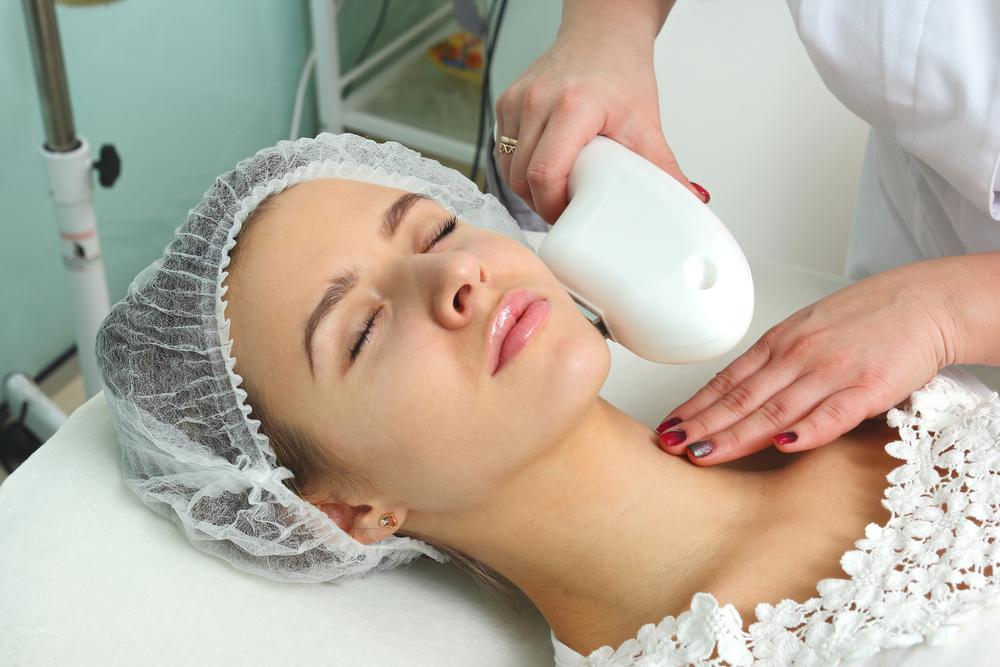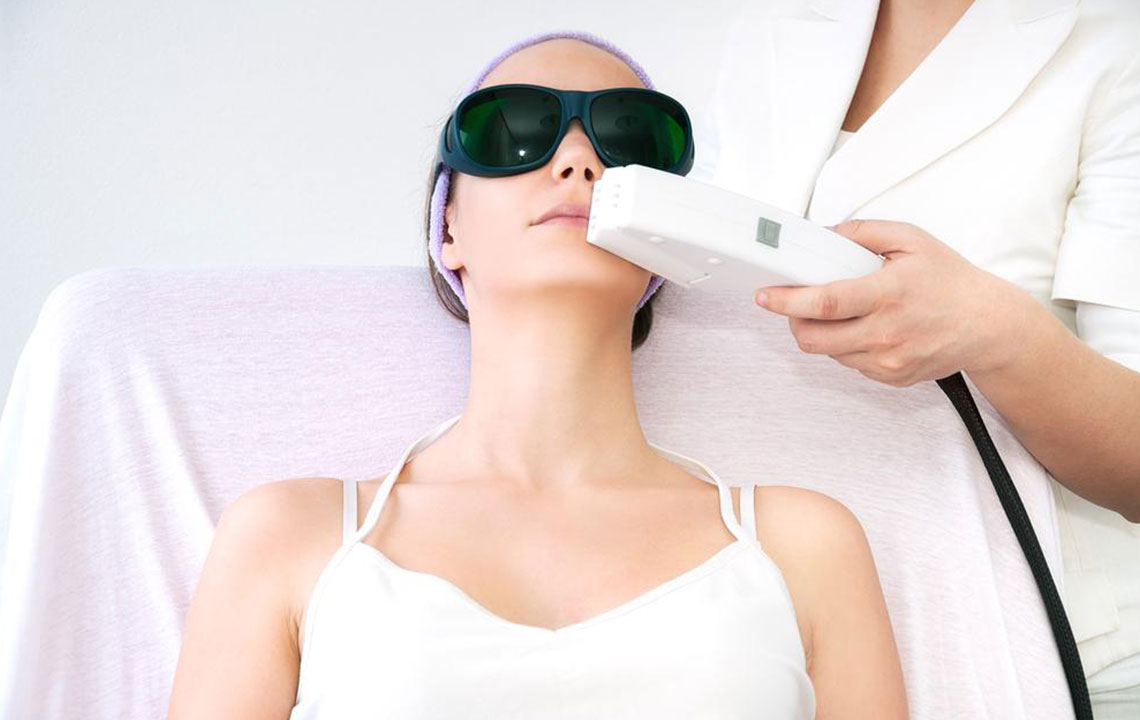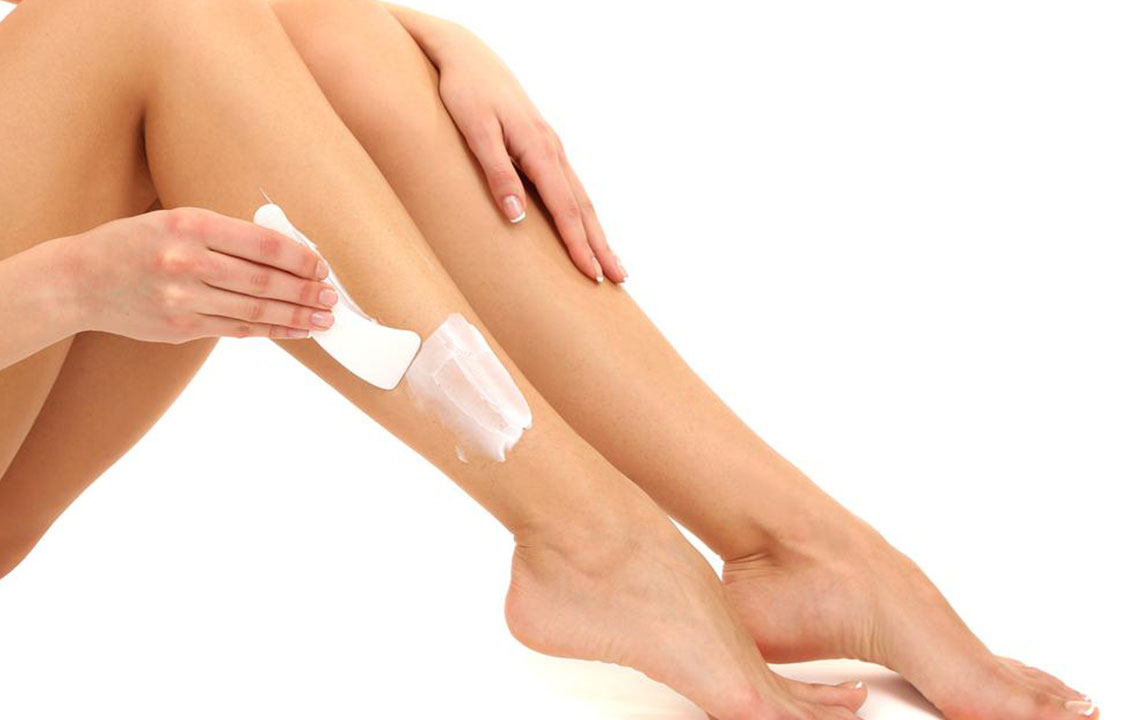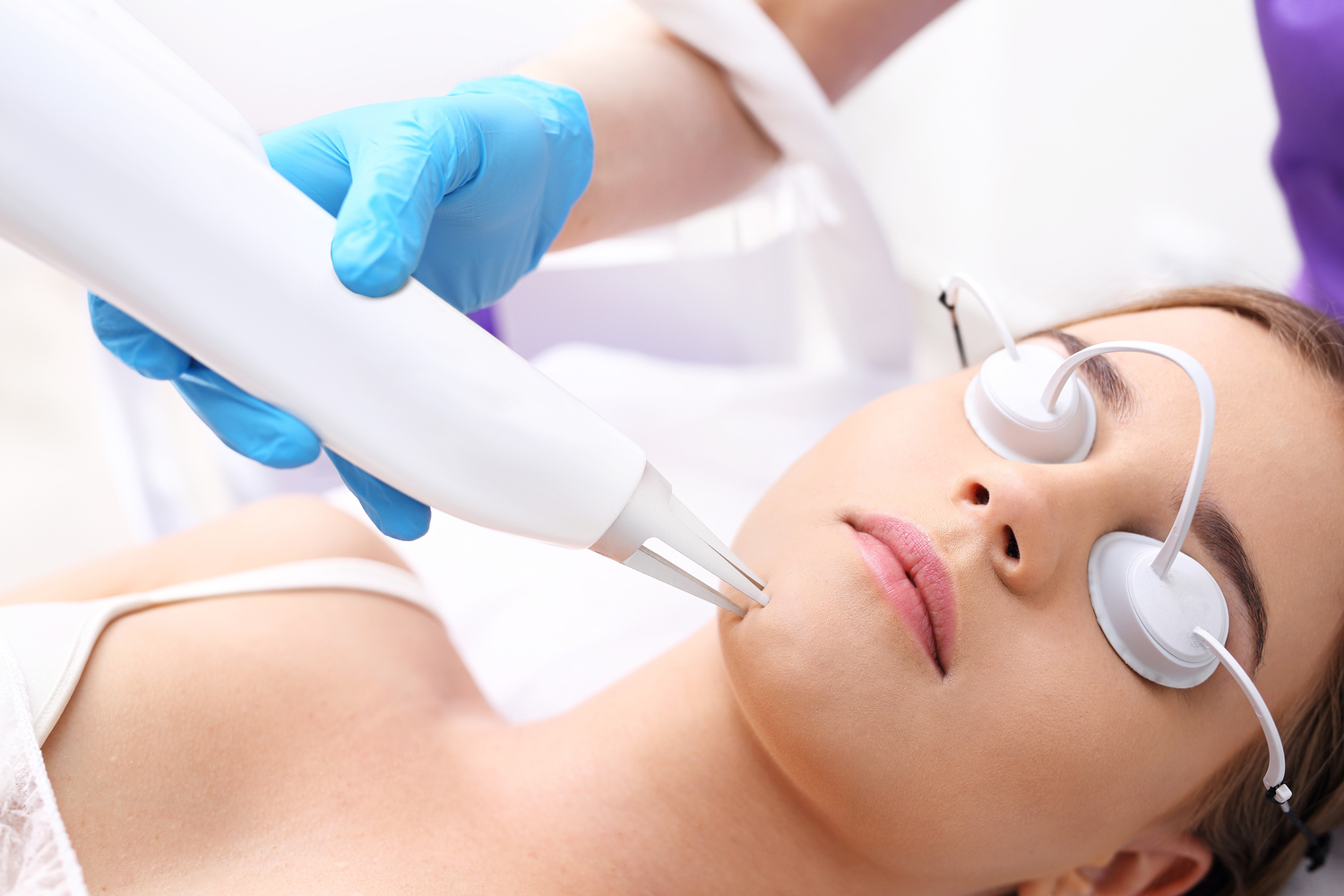Comprehensive Guide to Facial Hair Removal: Techniques, Tips, and Natural Methods
Discover effective strategies for facial hair removal that combine natural remedies, lifestyle changes, and advanced medical treatments. Learn about hormonal factors, temporary and permanent methods, and expert advice for a smooth, hair-free face. This comprehensive guide provides insights into safe and customized solutions for women seeking to enhance their facial appearance and confidence.

Comprehensive Guide to Facial Hair Removal: Techniques, Tips, and Natural Methods
Achieving a smooth, hair-free facial appearance remains a significant concern for many women worldwide. Facial hair, especially when it becomes more noticeable or excessive, often impacts self-confidence and everyday grooming routines. As a result, a surge in demand for effective facial hair removal methods has emerged, prompting women to explore a variety of options ranging from natural remedies to advanced clinical treatments. Understanding these options, their benefits, limitations, and the underlying causes of unwanted facial hair is essential for making an informed decision about the best approach for individual needs.
Many women initially opt for natural, at-home remedies to manage facial hair. These methods include applying pastes made of turmeric and gram flour, sugaring, or using specific herbal infusions believed to inhibit hair growth. While these techniques can provide temporary reduction and are gentle on the skin, they are generally less effective for more persistent hair growth or for those experiencing hormonal imbalances.
Hormonal imbalances play a crucial role in the growth of facial hair, particularly in women with conditions such as polycystic ovary syndrome (PCOS) or other endocrine disorders. In such cases, external treatments alone may not suffice. Medical interventions, including hormonal therapy, laser treatments, and specialized topical creams, are often necessary to address the root causes. Nonetheless, external methods can complement these therapies and enhance overall results.
Adopting a healthy lifestyle and balanced diet can have a positive impact on hormonal health and, consequently, reduce unwanted facial hair. Consuming organic foods rich in antioxidants, vitamins, and minerals supports better hormonal regulation. Avoiding substances like excessive alcohol, smoking, and junk foods can further improve hormonal balance and skin health, contributing to a more refined facial appearance.
Physical activity is another powerful tool in managing hormonal fluctuations. Engaging in regular exercise such as yoga, brisk walking, dancing, or cardio workouts helps regulate endocrine functions, which can help decrease excessive hair growth over time. Stress reduction techniques like meditation and mindfulness are also beneficial as stress can aggravate hormonal imbalances.
When it comes to hair removal methods, women have a variety of options, each with its own set of advantages and drawbacks. Waxing and plucking are popular because they provide quick results and remove hair from the root, leading to a smoother face for longer periods—typically 2 to 4 weeks. However, these methods can cause skin irritation, redness, and in some cases, ingrown hairs if not performed carefully. Consistent maintenance is necessary to keep facial hair at bay, which can be inconvenient for busy schedules.
For those seeking a more permanent solution, laser hair removal has gained popularity. This technique uses targeted laser beams to destroy hair follicles, effectively reducing hair growth over multiple sessions. While laser treatments offer promising results, they are not universally effective for all skin types or hair colors. Some individuals may experience discomfort during the procedure, and multiple sessions are usually required for optimal results. It’s important to consult with a qualified dermatologist to evaluate eligibility and establish realistic expectations.
Depilatory creams provide a quick and painless alternative. These chemically dissolve hair at the skin surface, offering an inexpensive and easy method of hair removal. However, since the chemicals can sometimes cause allergic reactions or irritate sensitive skin, patch testing before use is essential. Also, their effects are temporary, typically lasting about a week before hair regrows.
It’s crucial to consult a healthcare professional or dermatologist before choosing any facial hair removal method. They can help identify underlying hormonal issues contributing to excessive hair growth and suggest tailored treatment plans. Regular skin care routines, sun protection, and gentle cleansing further help maintain skin health and prevent irritation post-removal.
In conclusion, managing facial hair effectively requires a combination of natural lifestyle changes, and suitable cosmetic treatments tailored to individual needs. While temporary methods like waxing and creams are widely used for quick results, long-term solutions such as laser therapy can provide significant reduction over time. Addressing hormonal imbalances through healthy habits and professional medical advice is key to achieving a sustainable, hair-free, and confident facial appearance.





